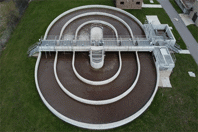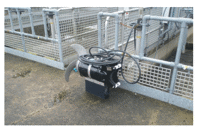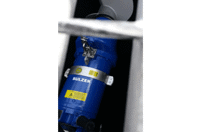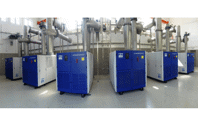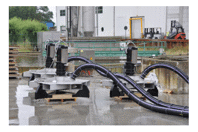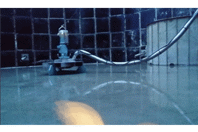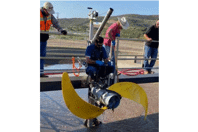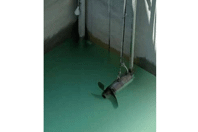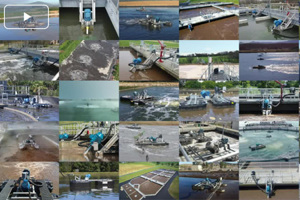WASTEWATER MIXING RESOURCES
-
Ice accumulation in water tanks poses serious challenges, compromising operations by trapping volumes of water and potentially costing tens of thousands of dollars in infrastructure damage. PAX Mixers are highly effective in preventing ice formation, even in extreme cold conditions. By optimizing water circulation, we can maintain consistent water temperatures within a tank.
-
In 1967 the City of Concordia, MO built a segmented lagoon system to handle the small town’s waste requirements. By Dale Klussman
-
In this case study, read about a wastewater treatment plant whose system was reaching the end of its useful life, and the solution they chose that allowed for sustainable growth while meeting strict budget requirements.
-
Read about new mixers installed for Anglian Water that have delivered over and above estimated energy savings and had minimal disruption to the plant.
-
Discover how a wastewater treatment plant solved its mixing problem that was caused by the high sludge content.
-
After twelve years of operation, a modernization of a WWTP was needed for the removal of nitrogen and phosphorous pollutants, as well as an enlargement by another 100’000 PE (population equivalent).
-
Learn why a WWTP recently decided to progressively replace the old surface aerators in the biological basins by optimally-adapted equipment.
-
With the increase of a WWTP's capacity, the oxygenation of its basins had become insufficient. Learn about the upgrade of its aeration performance of the existing installation with minimal capital expenditure.
-
Learn how a wastewater treatment plant replaced their existing aeration system, realizing better treatment and 50% savings in operating costs.
-
Discover how innovative mixing technology resolved constant build up and settling of lime softener sludge for a water reuse facility.



